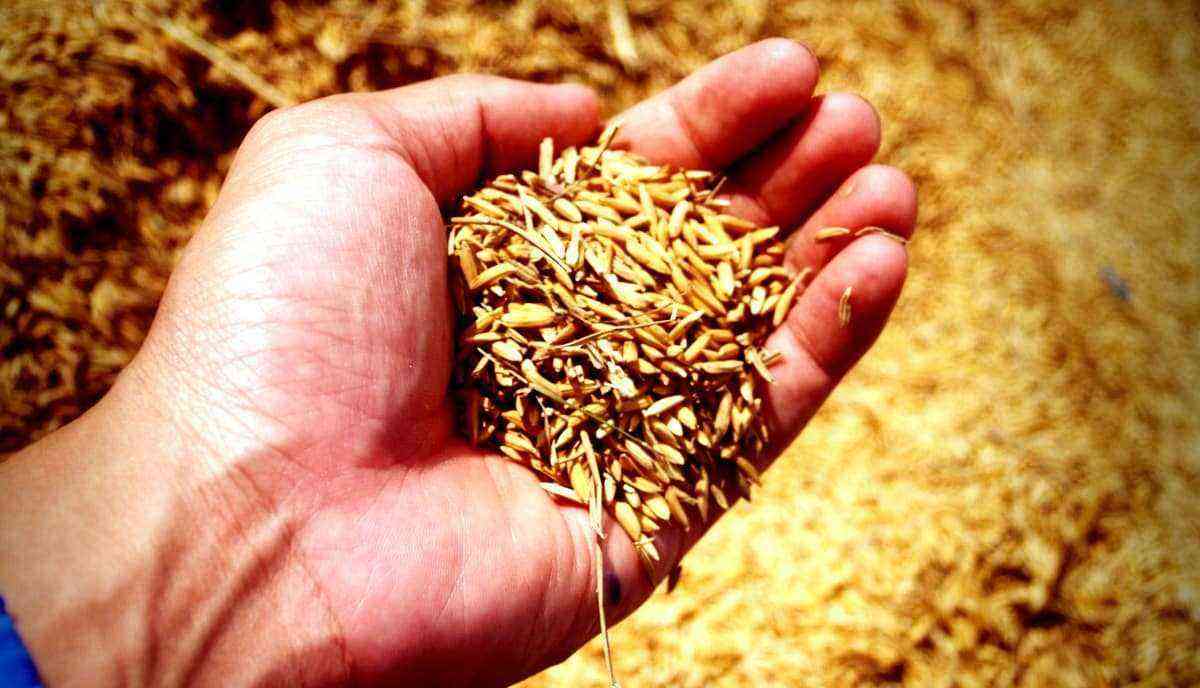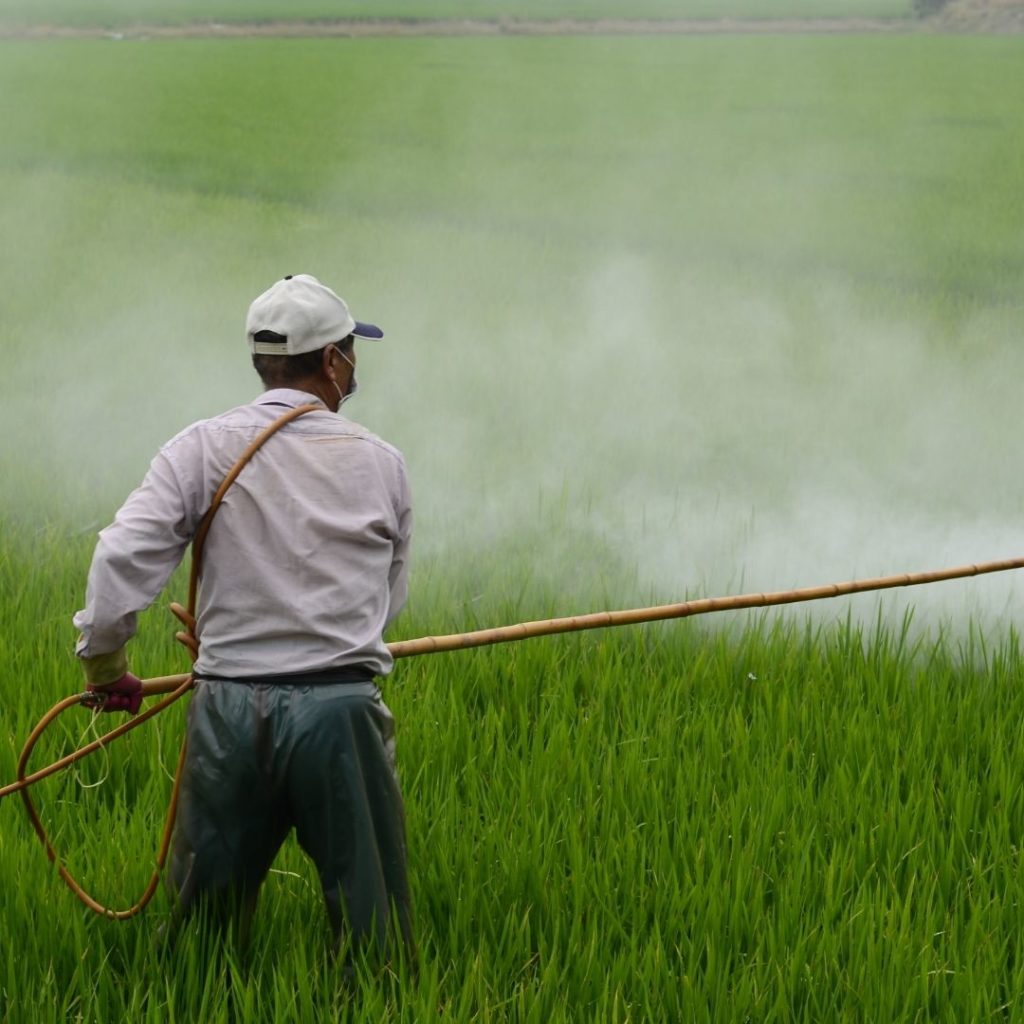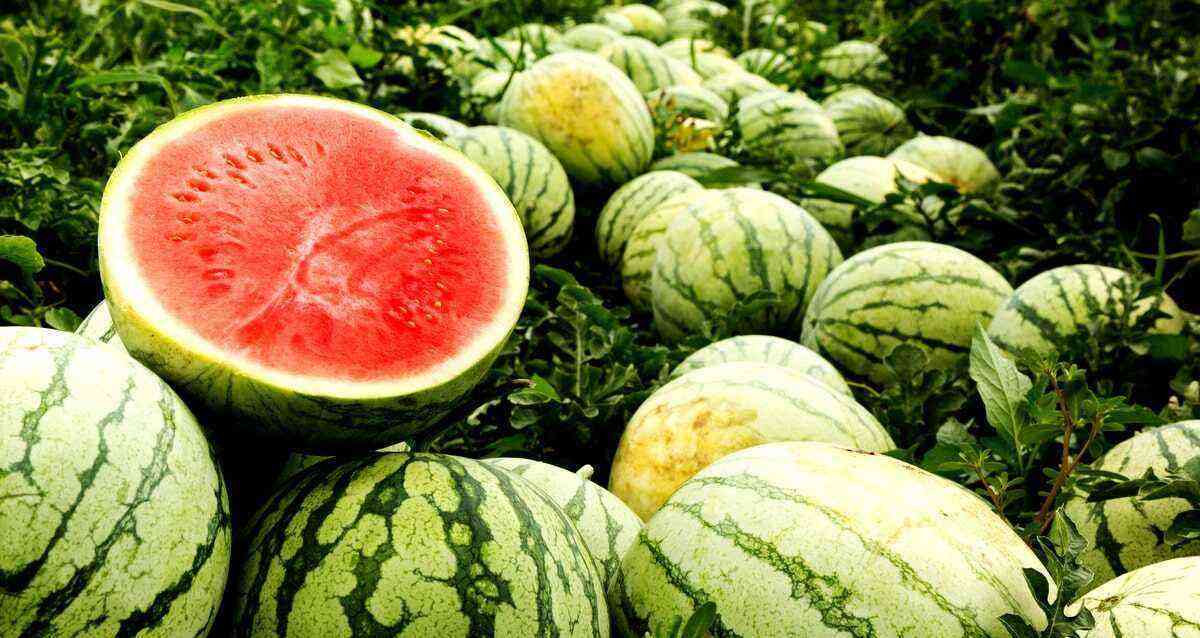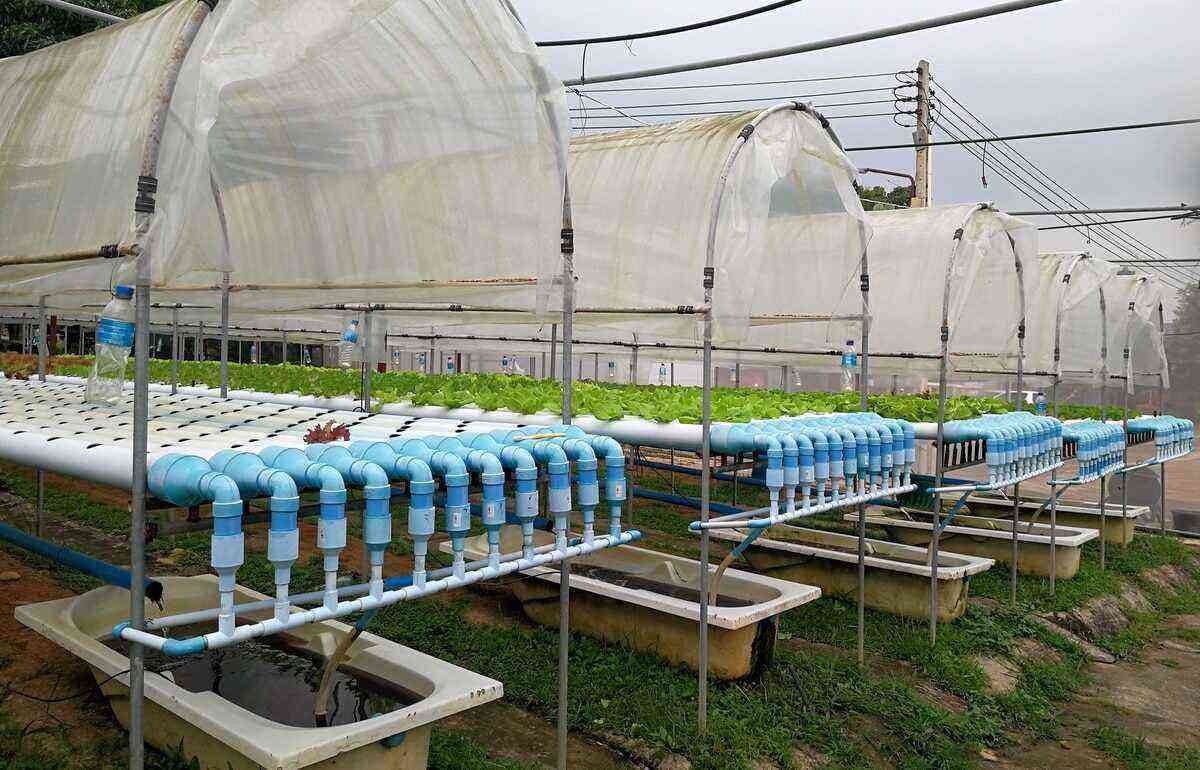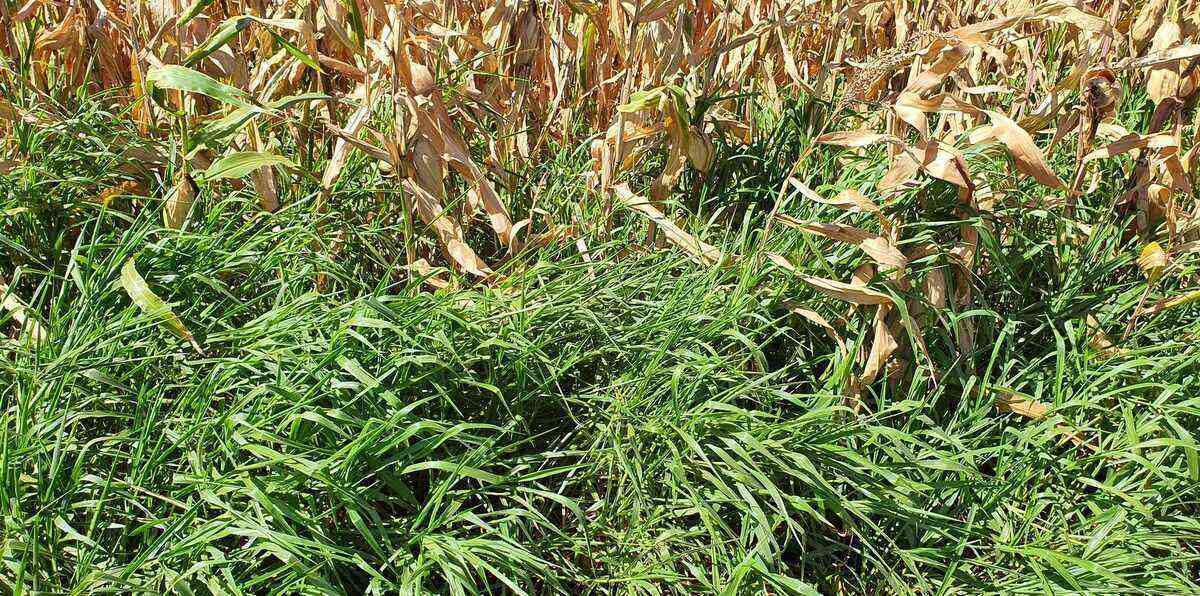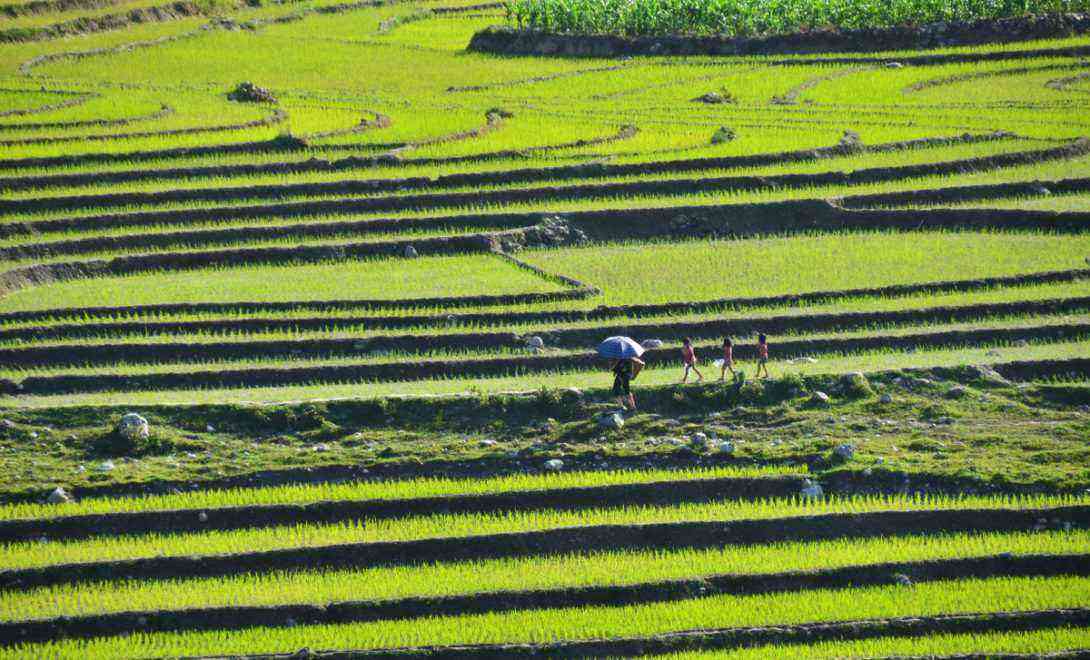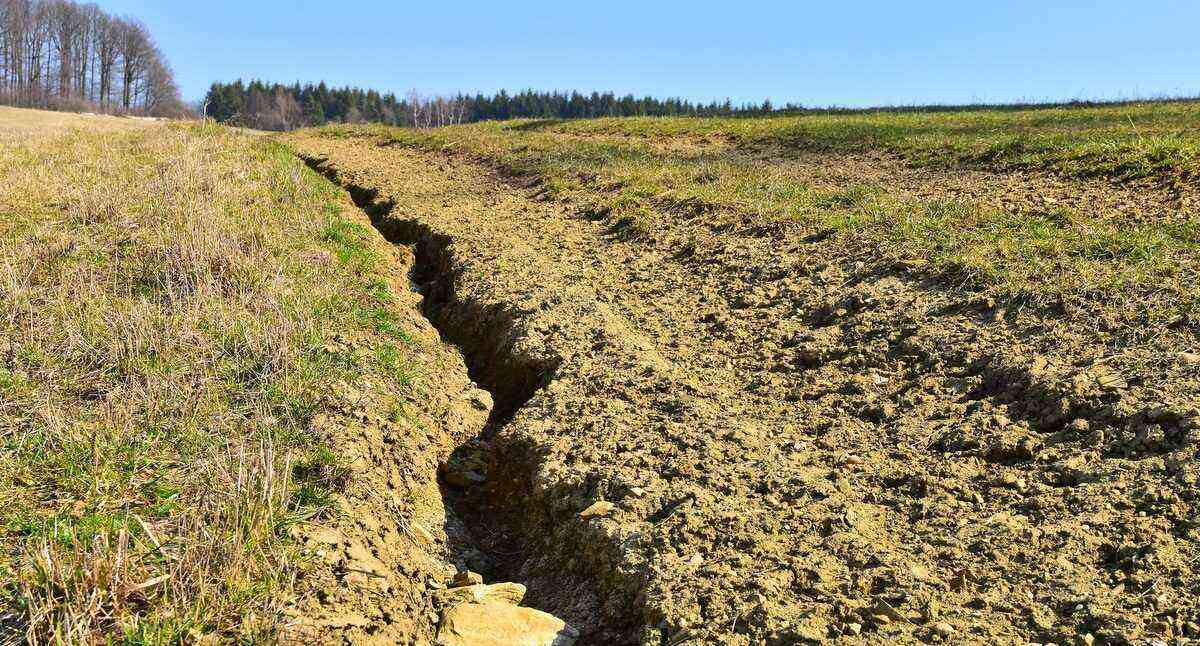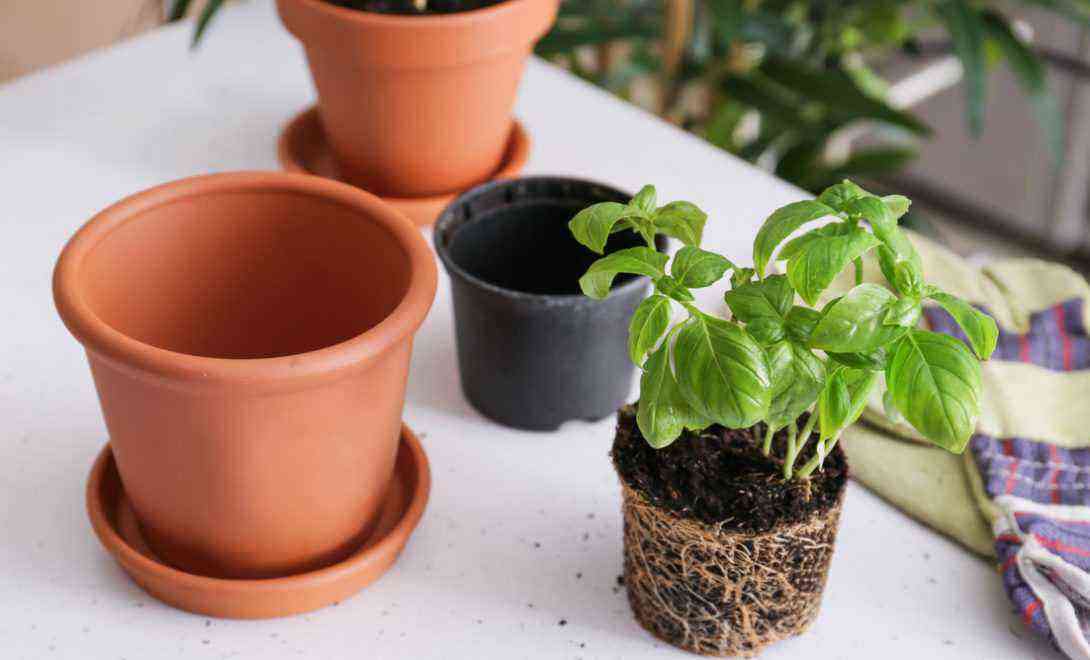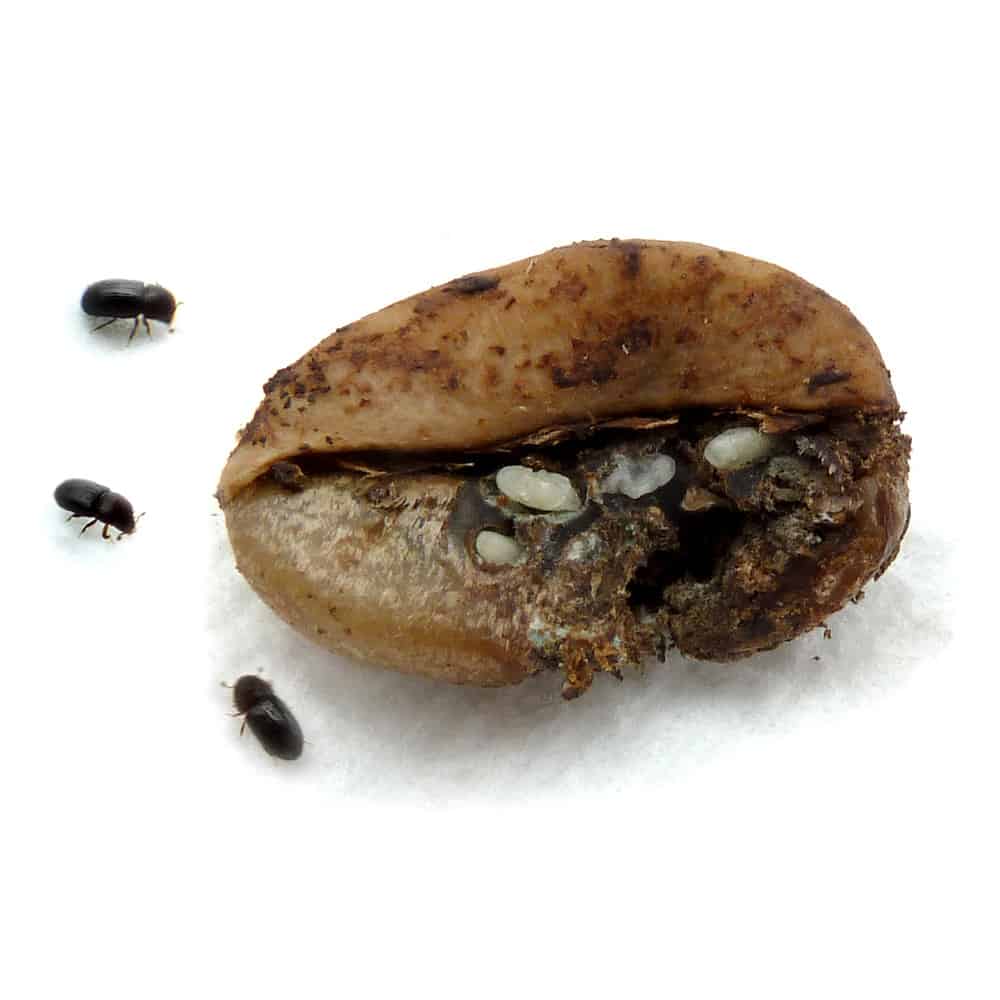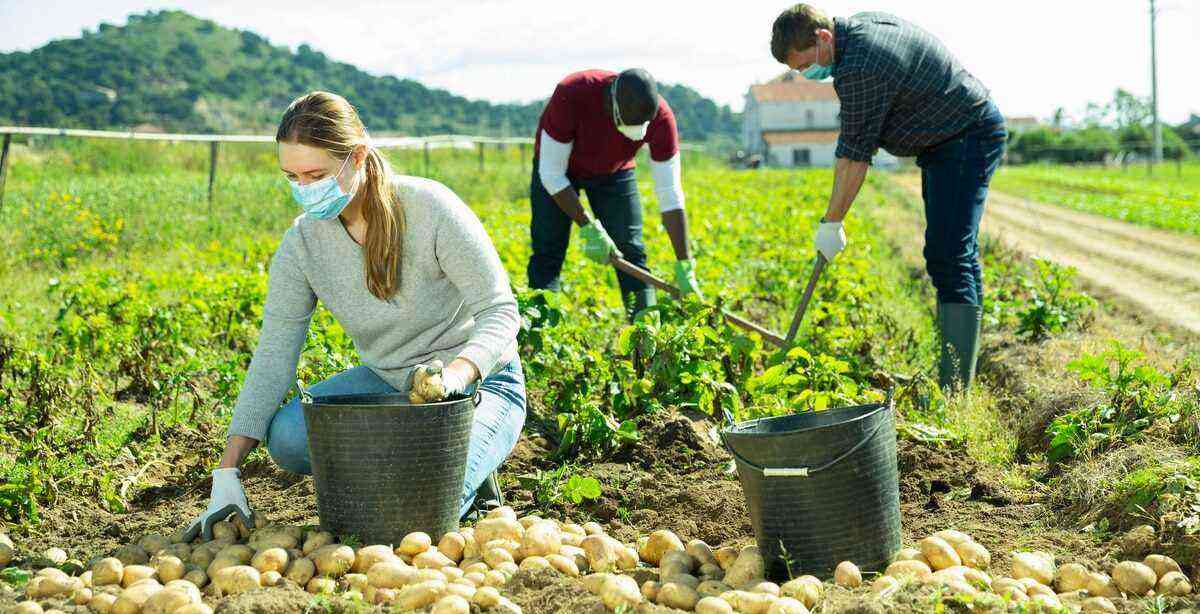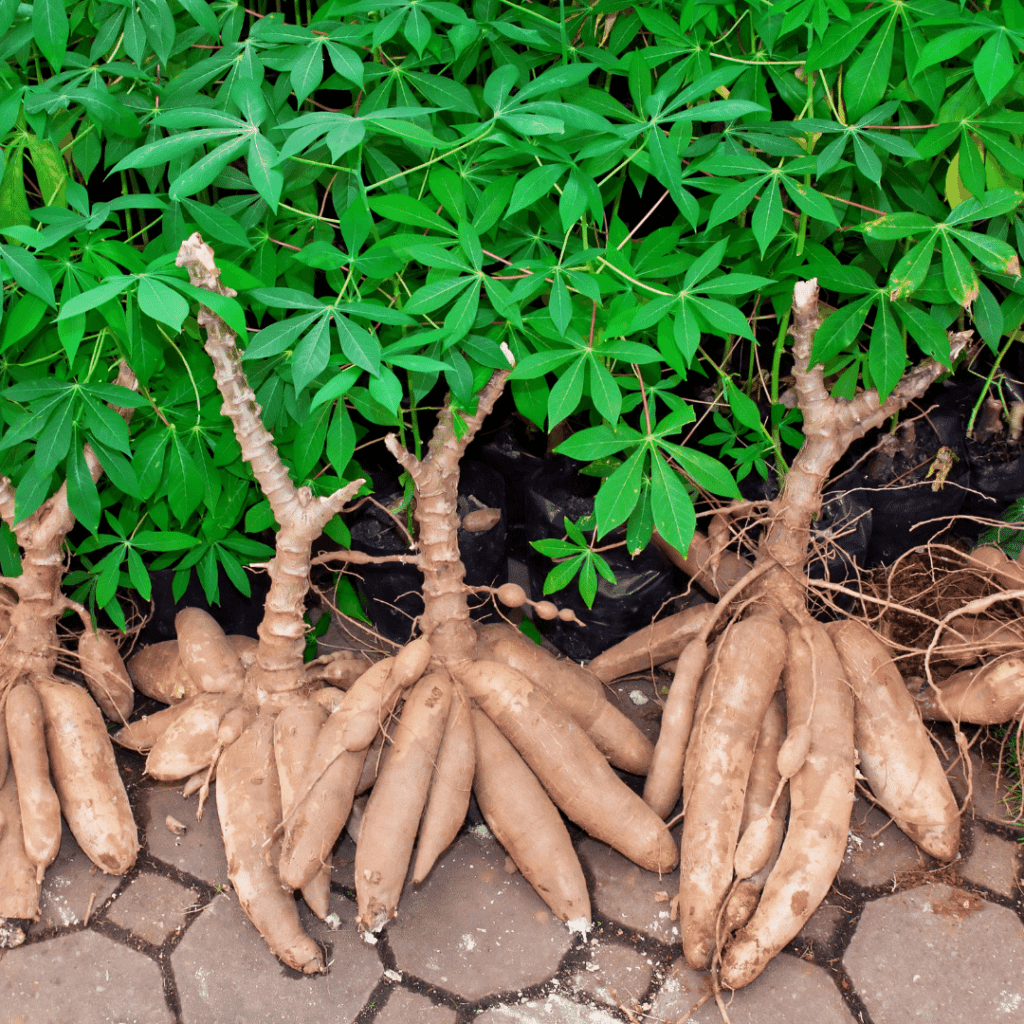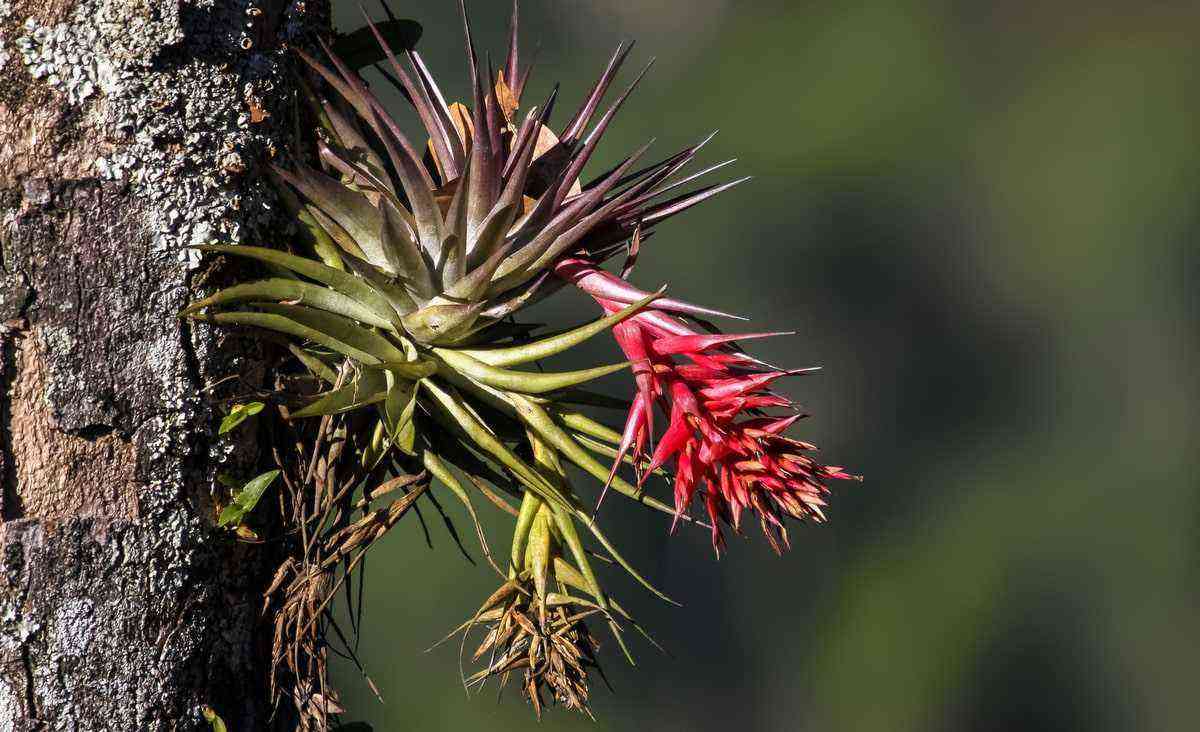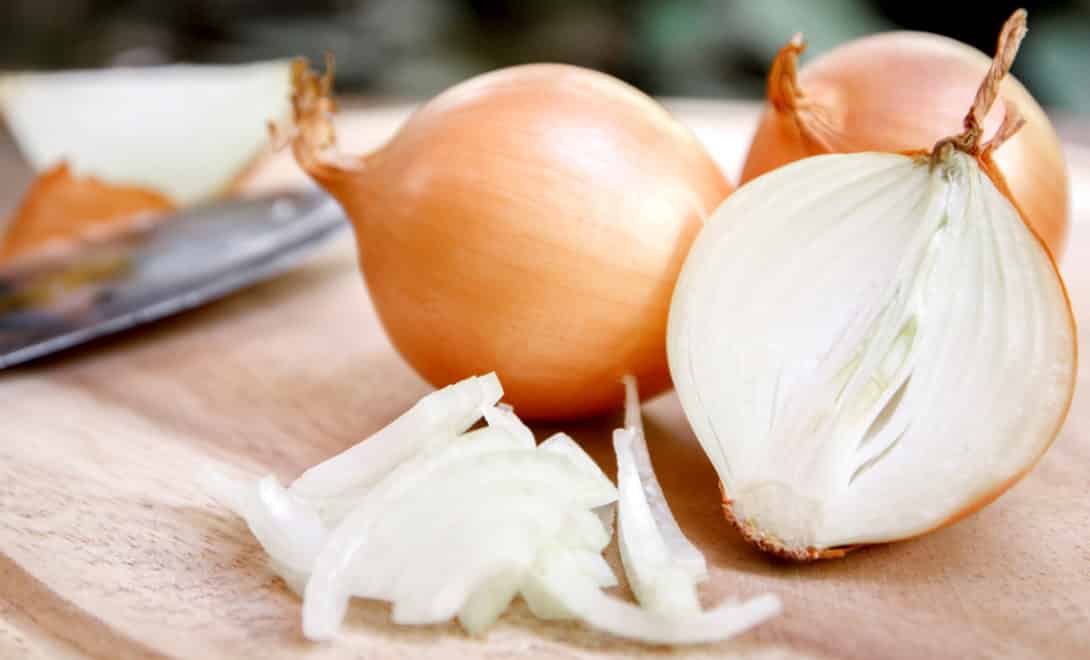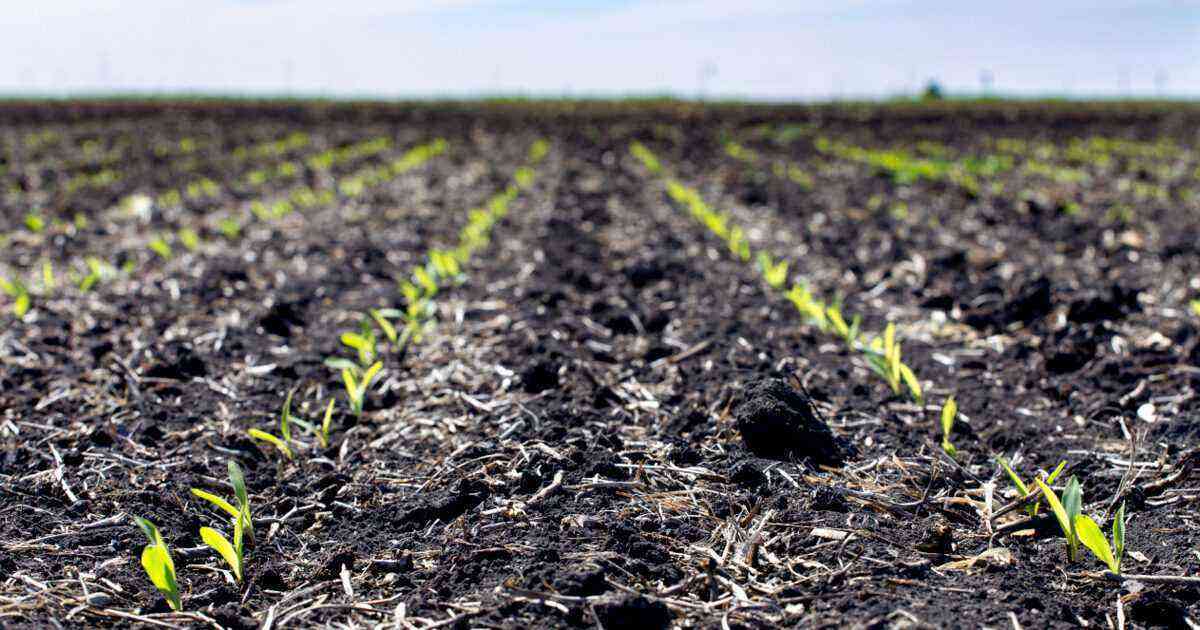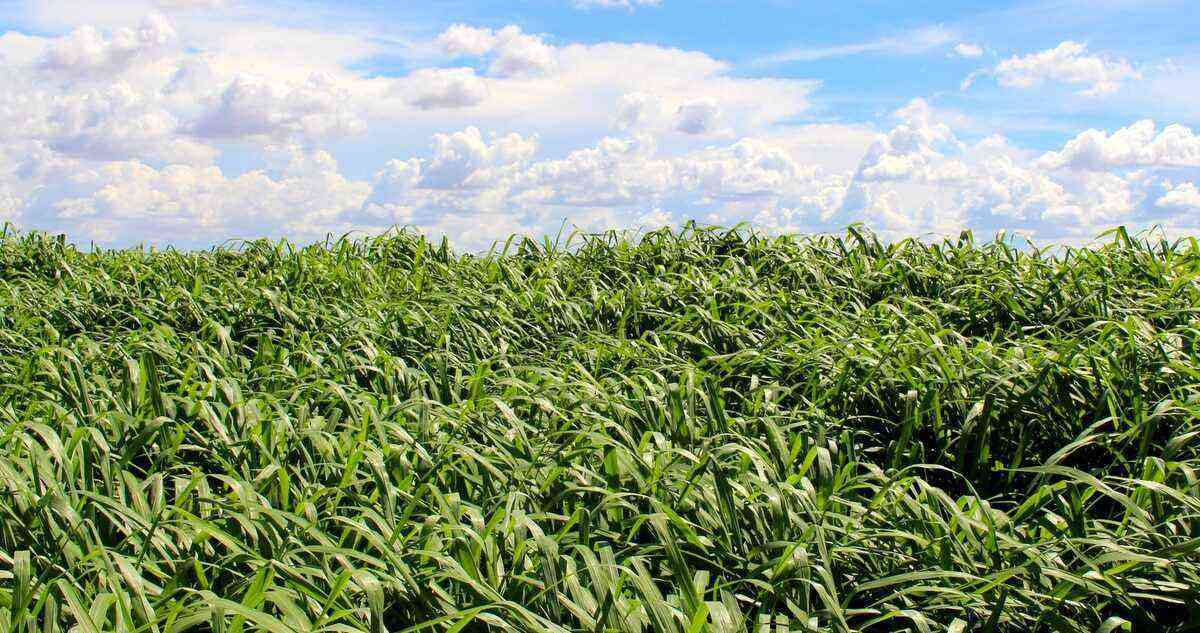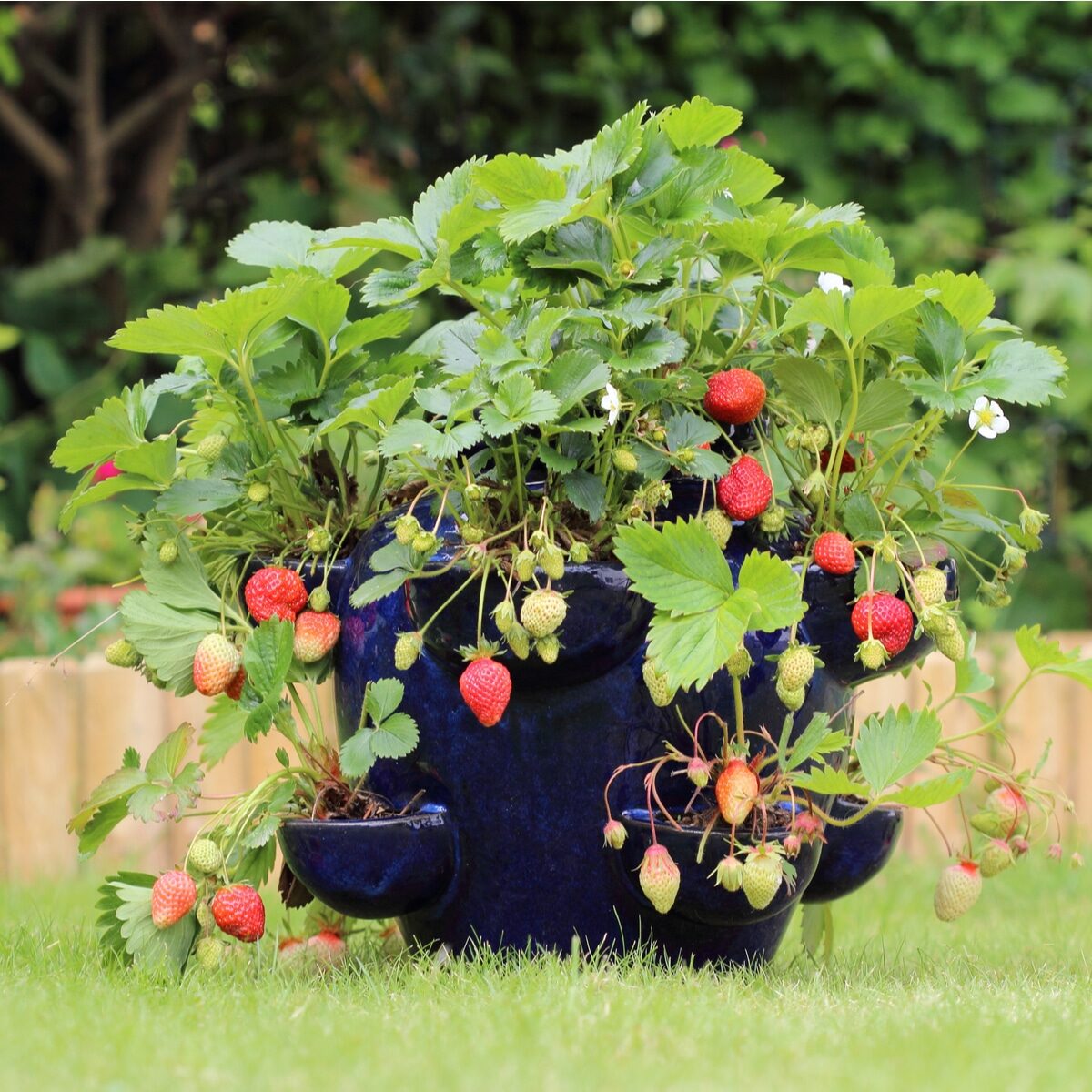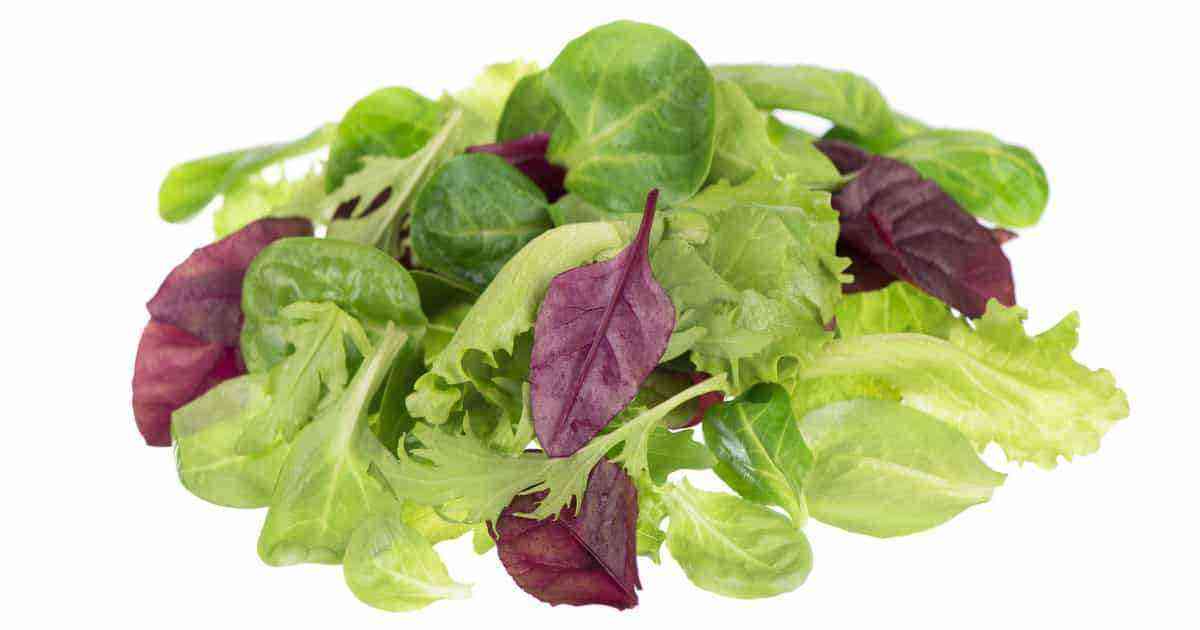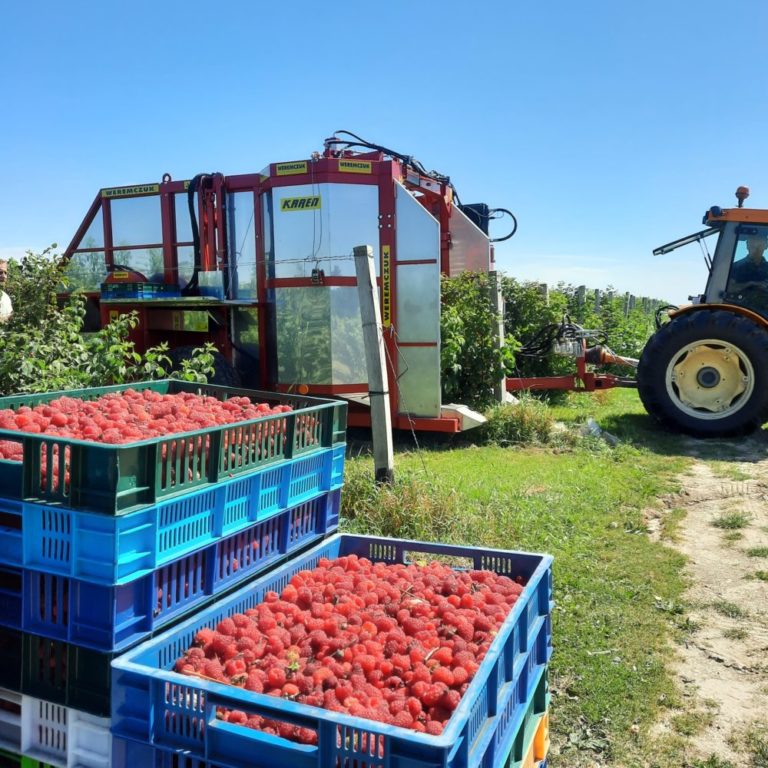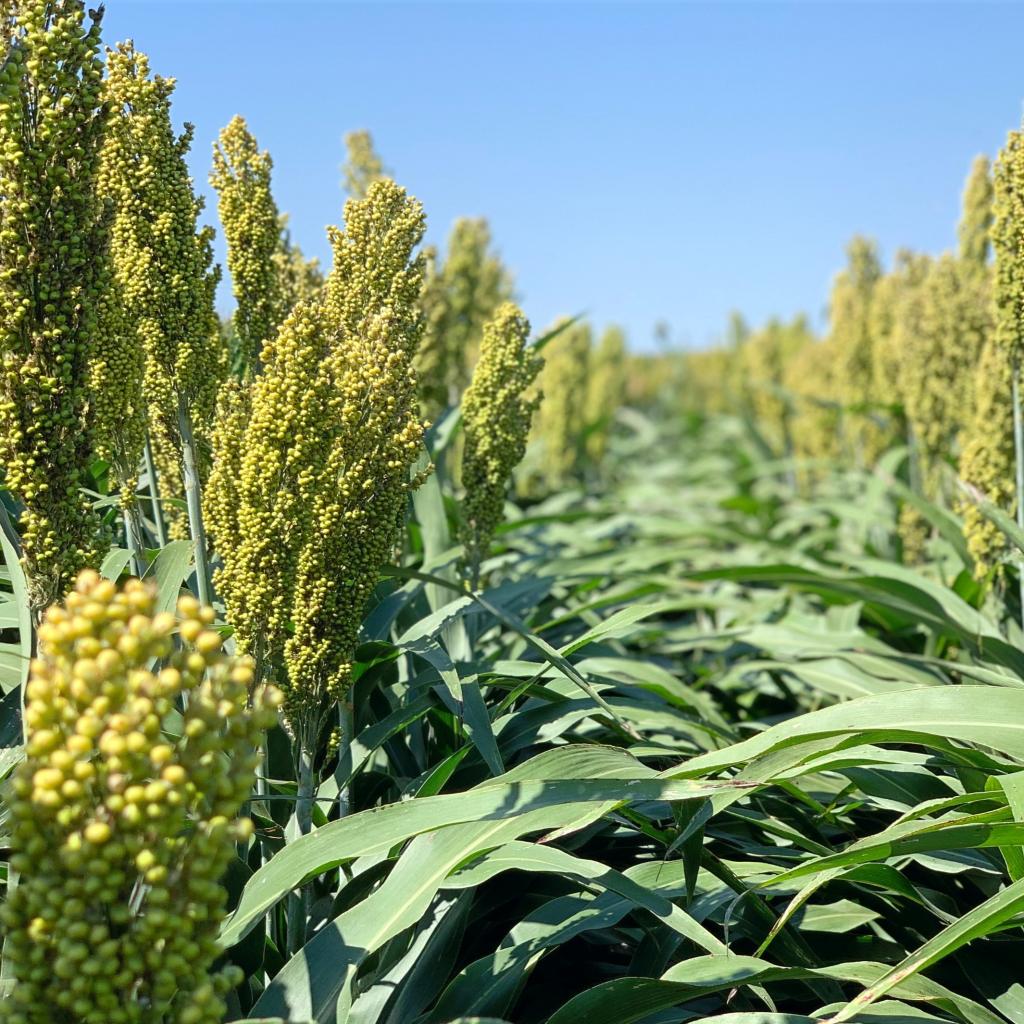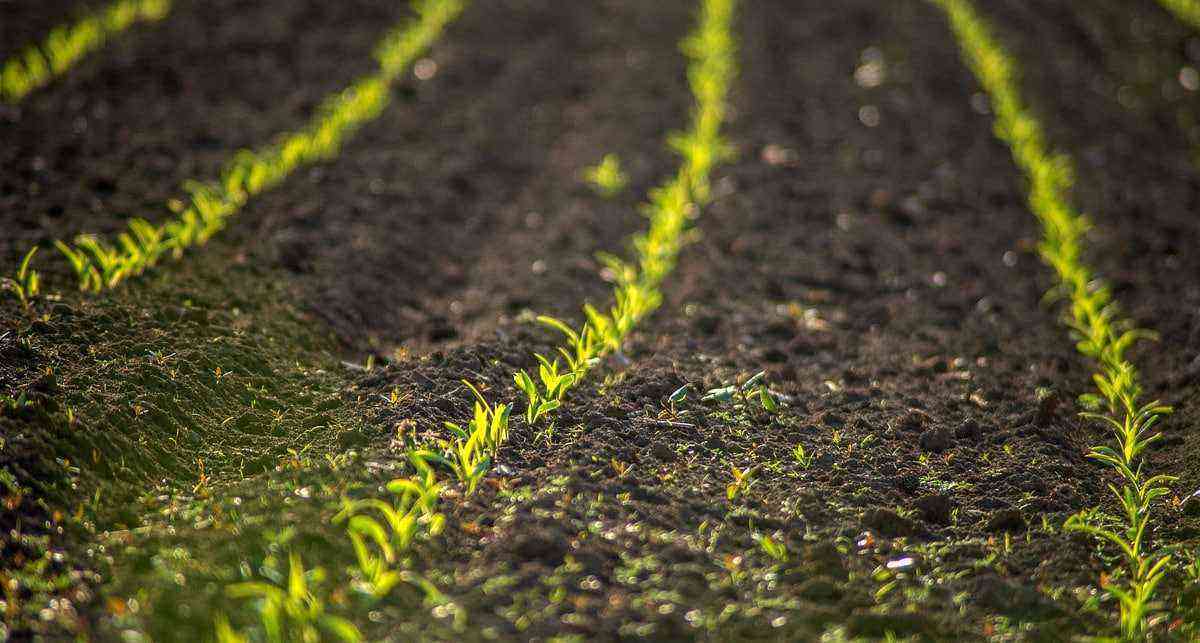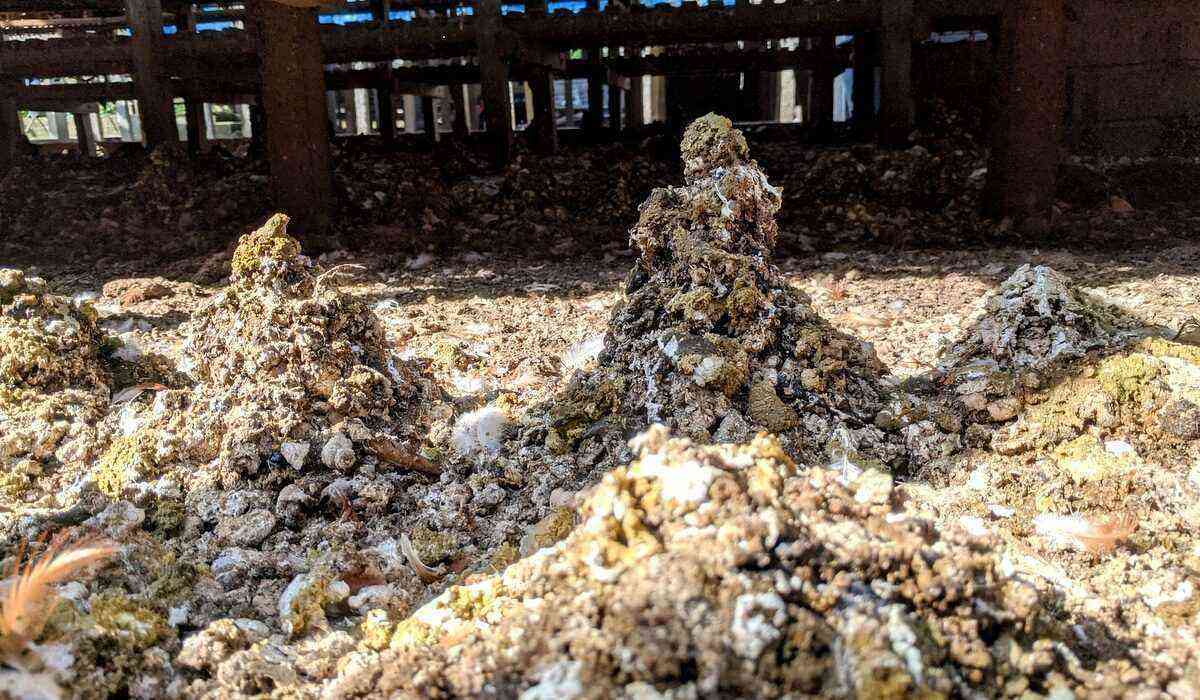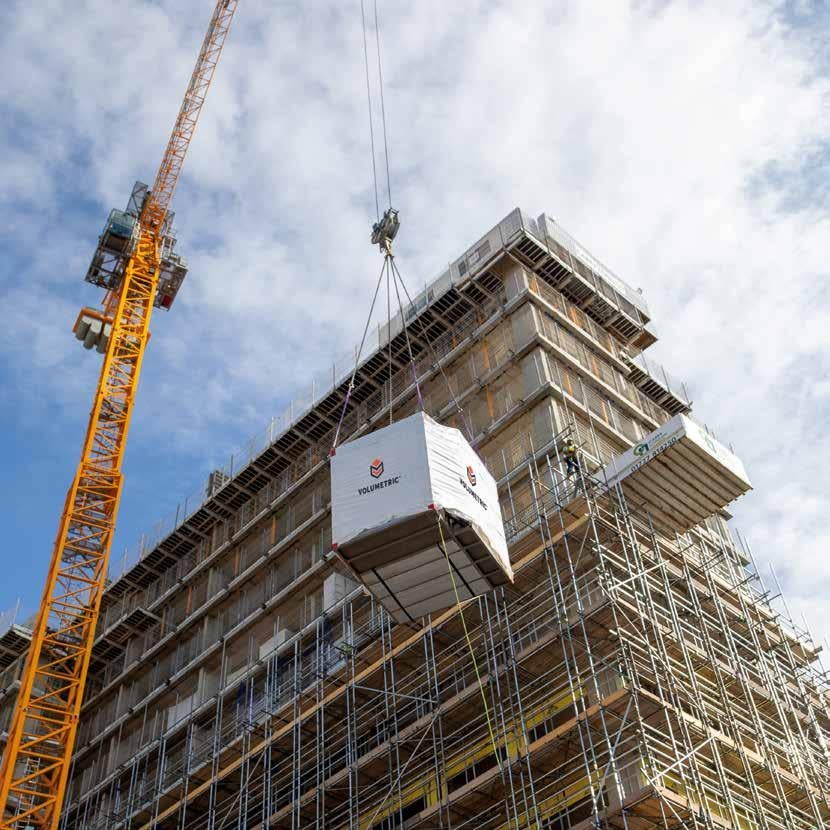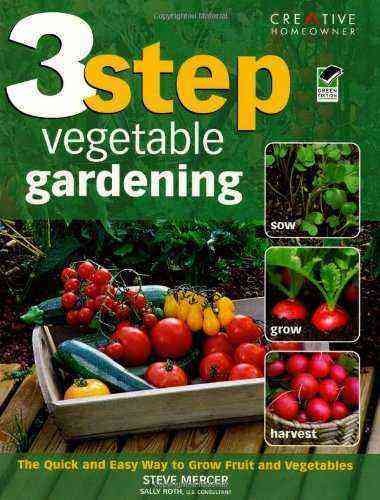If you are a rural producer, you should already know that soybean production is expected to grow 8,7% in 2020, according to data from the Systematic Survey of Agricultural Production (LSPA), published in January by the Brazilian Institute of Geography and Statistics (IBGE).
The forecast for an increase in the harvest, which corresponds to 123,3 million tons, is influenced by a series of factors: both favorable weather conditions and the increase in the price of this commodity in the last months of 2019, which makes the cultivation of the grain extremely attractive for domestic and foreign markets.
Soybean is the main agricultural crop in terms of area and volume of production in Brazil. The country is the second largest producer of grain in the world, behind only the United States, and moves about R$ 140 billion a year. In recent years, it has gained popularity in China, as a result of the power struggle with the US.
According to data published in January by the Foreign Trade Secretariat (Secex) of the Ministry of Economy, soybean shipments abroad totaled 96,718 million tons in 2019, with revenue of US$ 34,78 billion.
Brazil expects a record harvest this year and the weather should be a factor to cooperate
In addition to being one of the main sources of income in the country, in the context of agribusiness, soy production employs a total of 1,4 million people.
In this article, understand how you can take advantage of the good time to leverage your sales and increase your profits.
Also read: Buying and selling grain: understand why the market is favorable
Ideal climate for soy production in Brazil
It seems simple, but the guarantee of good productivity and profitability depends on the combination of different procedures, mainly the climate.
Today, it is not enough to make a brief planting plan and wait for the machinery to take care of the production results. It is now necessary to plan, review the logistical plan, prepare and adjust the soil, define a crop rotation system, fight pests and harvest at the right time.
For this, it is essential to follow the weather forecasts and soybean phenology, since climatic conditions are crucial inputs for the success of agricultural activities.
With that in mind, we have selected three factors that you, a rural producer, should observe to increase your profitability with the soybean crop: temperature, rainfall and soil moisture. Check it out!
Temperature
The grain originates from a temperate climate, however, it adapts very well to other climates, such as tropical and subtropical, mostly present in the Northeast and Central-West regions, and in the South of the national territory, respectively.
In the mentioned regions, the summer is hot and the rains are well distributed throughout the year. Winter is mild and dry in locations with a tropical climate, and cold in those with a subtropical climate, being ideal for soybean production.
Another advantage of planting the commodity in certain Brazilian regions is the temperature. The ideal for soy development are average temperatures between 25 °C and 35 °C. Temperatures higher or lower than these can cause physiological problems, especially with regard to flowering and the action of nodules in the roots.
Still in relation to temperature, experts recommend that the sowing of the grain is not carried out when the soil is below 20 °C, so that the germination and emergence of the soybean are not compromised.
rainfall factor
In addition to temperature, rural producers must also pay attention to the frequency of rainfall that influences, positively or negatively, the performance of the crop.
To achieve good results and profitability, it is essential that farmers plant and harvest soybeans at the ideal time. As the correct period for sowing varies from region to region, especially as a result of the climate and the distribution of rainfall, the orientation is that planting planning begins in the off-season.
In this sense, it is recommended that, in the Brazilian cerrado, sowing begins with the first rains. Generally, in some locations in Mato Grosso, this occurs in the second half of September, after the end of the sanitary void. While in the Southwest of Mato Grosso do Sul and Goiás, in the first fifteen days of October.
If you produce the grain in the southeast of Goiás, in the Federal District or in Minas Gerais, it is recommended to start the process also in October, but in the second half of the month. In the west of Bahia, Piauí, Tocantins and Maranhão, in November.
It is worth remembering that farmers should only start their activities after the rain reaches about 80 to 100 mm, so that the soil acquires a considerable volume of water to allow the germination of seeds. Thus, it is possible to reduce the risks of crop loss if the rains do not stabilize.
Researcher at Embrapa Agropecuária Oeste, Rodrigo Arroyo Garcia, explains that not only does the volume of rainfall impact the development of soybeans, but also their distribution throughout the process: “Less amounts of rain, however, well distributed, are more important than than large volumes in less demanding plant development stages”.
soil moisture
Finally, we have soil moisture, which, according to agronomists and other experts, is also an essential factor in the success of soy production.
Humidity is a very important climatic factor for successful soy production.
It is recommended to start planting only if the soil moisture conditions are adequate, that is, if its temperature is between 20 °C and 30 °C, ideal to retain enough water and nutrients to receive the seeds.
It is not recommended to carry out sowing in dry and compacted soil. This is because, with the scarcity of water, soybean germination is extremely impaired, and it can lose up to 50% of its productivity and generate the need for replanting.
Envelope or MF Rural
MF Rural is the largest agribusiness website in Brazil, receiving around 2 million visitors per month. Through our practical and modern platform, we promote the meeting of buyers and sellers of agricultural products and services, in addition to delivering quality, transparency, know-how and technology to our customers.
Did you like the article, but want to delve even further into the Agribusiness universe? So, go to MF Magazine and stay up to date with the latest news!



